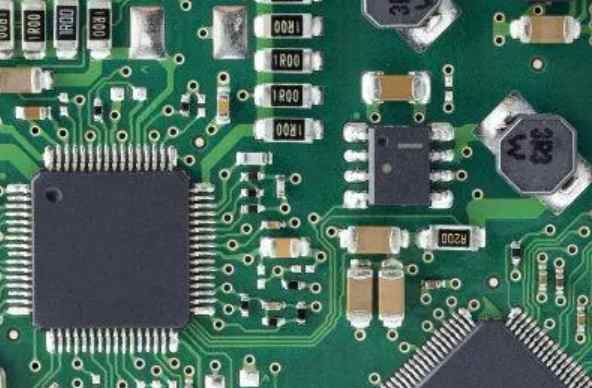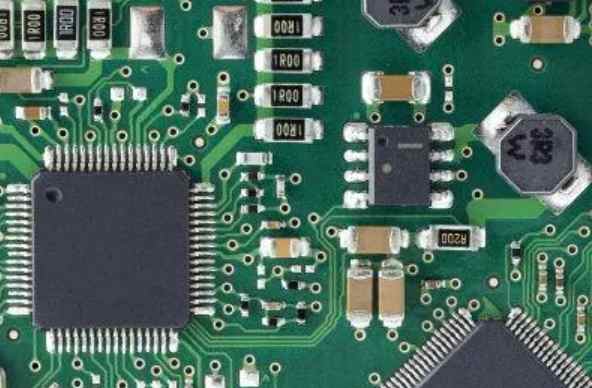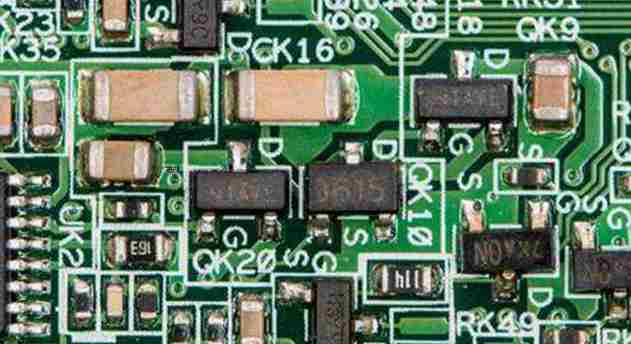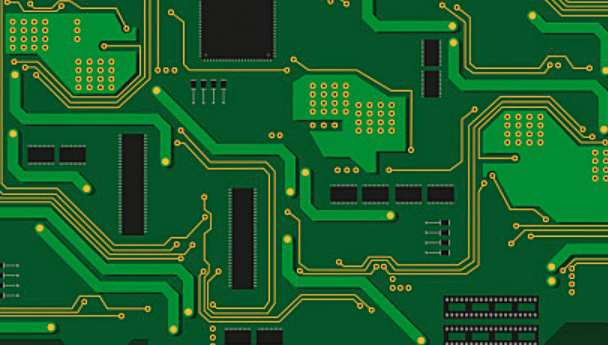
fixture and fixture, because of their close usage, are often confused and misused.
Jig focuses on working and guiding tools; The jig focuses on holding the tool in a fixed position. Some devices that have both functions (control and guide tools) are also called jigs, but devices that only hold but do not have guide tools are called "jigs" rather than "jigs". In the era of numerical control system has reduced the use of fixtures.
Jigs have been widely used since before the industrial age, including mechanical jigs, woodworking jigs, welding jigs, jewelry jigs, and other fields. Certain types of fixtures are also called "molds" or "accessories" whose primary purpose is to reproduce a part for repeatability and accuracy. An obvious example is when copying a key, the original key is usually fixed to the fixture, so that the machine can copy the new key from the guide of the original key appearance.
Drilling fixture is a fixture type that can guide twist drilling equipment or other drilling devices to the exact center position of each hole by moving the die and can accelerate repeated positioning in the center of the hole on multiple interchangeable parts. In iron work practice, hardened bushing rings are typically hardened in every hole of drill jig to prevent hardened drills from cutting the jig.
The advantage of using fixture is that if it is the same product, even if the worker is not very skilled, it can quickly produce a large number of good products by fixture with few defects and low variability. The disadvantage is that for a variety of small amount of production mode, so that many fixture results in the defect of increasing production cost.
The characteristics of PCB splicing machine and stable operation mechanism, prevent improper external force caused by PCB tin surface, solder joints, and other electrical circuit damage to reduce the stress of the splicing board, prevent solder joints cracking special round knife material design, to ensure the smoothness of PCB splicing surface cutting stroke distance adopt touch control five-stage adjustment, can quickly change different PCB size and install high frequency eye protection lighting device, improve the operator Personnel operation quality strengthen safety device, avoid the injury of human negligence.
Rogers high frequency plate wiring points and tips
1. Multi-layer wiring
Reasonable selection of layers can greatly reduce the size of the printing plate that the middle layer, can make full use of the middle layer to set shielding, can better realize the nearby grounding, can effectively reduce the parasitic inductance, can effectively shorten the signal transmission length, can minimize the cross interference between signals.
2. The less bent the lead, the better
The less lead bending between pins of high-speed circuit devices, the better. It is best to use the lead of high-speed circuit wiring full straight line, need to bend, can be used 45° broken line or arc line.
3. The shorter the lead, the better
The shorter the leads between the pins of a high-speed circuit device, the better. The longer the lead, the greater the value of distributed inductance and distributed capacitance, which will have a lot of influence on the high frequency signal of the system, but also change the characteristic impedance of the circuit.

4. The less alternations between lead layers, the better
The less interlayer alternations between pins of high-speed circuit devices, the better. The so-called "the less interlayer alternations of leads, the better" means that the fewer holes used in the connection of components, the better. According to the side, one hole can introduce about 0.5pF of distributed capacitance, resulting in a significant increase in the circuit delay, reducing the number of holes can significantly improve the speed.
5. Pay attention to parallel cross interference
High-speed circuit wiring should pay attention to the "cross interference" introduced by the signal line short distance parallel routing. If the parallel distribution cannot be avoided, a large area of "ground" can be arranged on the opposite side of the parallel signal to greatly reduce the interference. Parallel cabling on the same floor is almost unavoidable, but on adjacent floors, the direction of the cabling must be perpendicular to each other.
6. Surround the bottom line
Bottom line encircling, also known as ground line isolation, the implementation of ground line encircling measures for particularly important signal lines or local units. Some signal requirements are more strict, to ensure that the signal is not interfered, such as clock signal, tell analog signal, small analog signal, etc. In order to protect these signals from crosstalk of surrounding signal lines as little as possible, a protective ground wire can be added to the periphery of these signal lines, and the signal line to be protected can be added to the middle.
7. Avoid loops by routing cables
All kinds of signals cannot form a loop, and the ground wire cannot form a current loop. If a loop circuit is generated, it will create a lot of interference in the system.
8. Arrange the decoupling capacitor
One or more high-frequency decoupling capacitors should be located near each integrated circuit block. The high frequency channel is provided for the transient current of the integrated piece, so that the current does not pass through the power supply line with large loop area, thus greatly reducing the radiated noise. At the same time, because each integrated piece has its own high-frequency channel, there is no common impedance between each other, which inhibits its impedance coupling.
9. Use high frequency choke links
High frequency choke link should be used when connecting analog ground wire and digital ground wire to public ground wire. The high frequency ferrite bead with a perforated wire is used in assembling the high frequency choke link.
10. Avoid branches and stumps
Tell signal wiring should avoid branches or stumps as much as possible. Stumps have a great effect on impedance and can cause signal reflection and overshoot, so we should usually avoid stumps and branches in the design. Using the Daisy chain mode, the impact on the signal will be reduced.
11. Use the signal cables on the inner floor
High frequency signal lines tend to generate large electromagnetic radiation when walking on the surface, and are also prone to external electromagnetic radiation or interference. The high frequency signal is first routed between the power supply and the ground wire, through the absorption of electromagnetic wave at the bottom of the power supply, the radiation generated will be reduced a lot.









